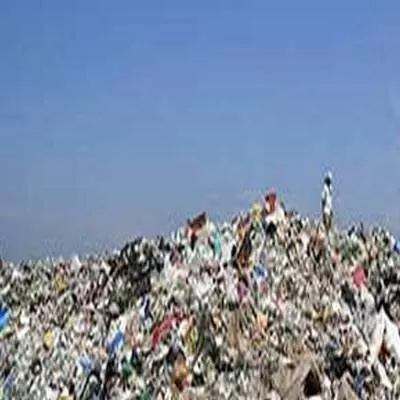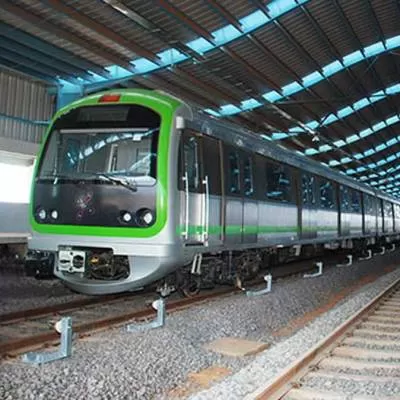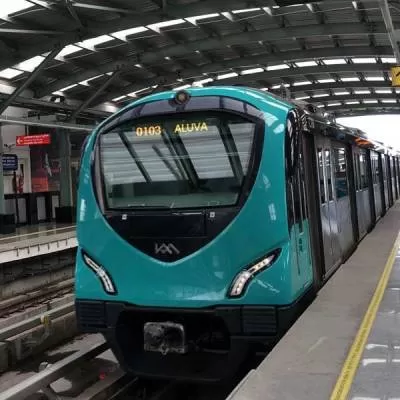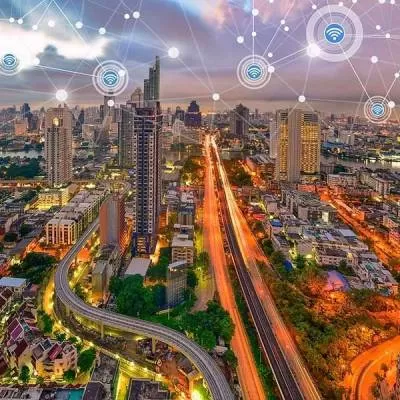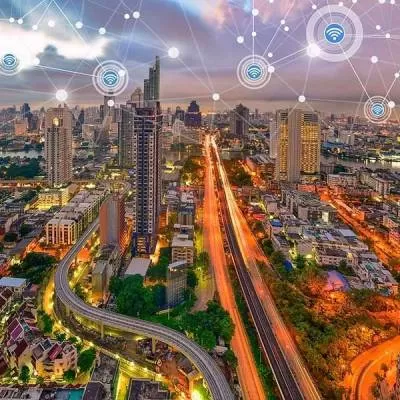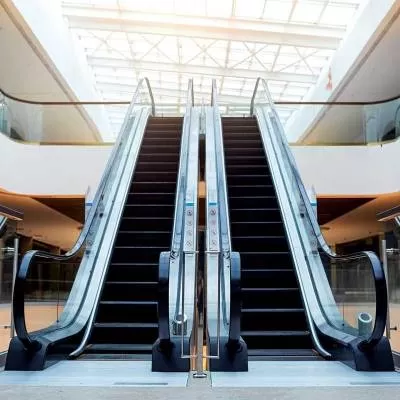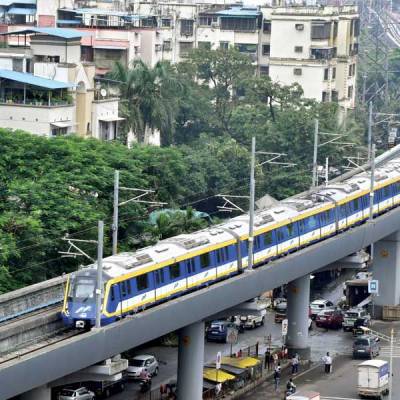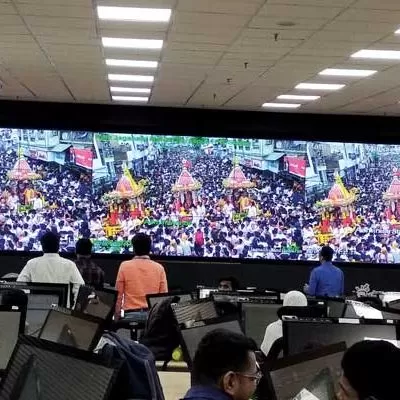- Home
- Infrastructure Urban
- SMART CITIES
- Beauty in the Beast

Beauty in the Beast
Urbanisation is a defining factor in the modern world and it does come with its set of opportunities and challenges. With rapid, and at times, indiscriminate growth, the first concern that comes to mind is sustainability. However, along with addressing environmental and ecological concerns, the socio-cultural fabric plays an equally important role in making a city sustainable. This perspective is applicable to a smart city as well. As an increasing number of people start moving to cities, the need to expand the scope of how we define smart and sustainable is immediate.
The need for aesthetics in smart cities
Of the many things that shape the urban experience, aesthetics is perhaps one of the most overlooked factors. For one, in a country like India, where issues such as housing for the masses, better distribution of utility services and transportation are at the forefront of most smart city discussions, it is easy to discount aesthetics and beauty as a soft issue. Another challenge in establishing the need for beauty is outlining what it entails.
However, it is high-time that we start thinking of beauty as an integral cog in the otherwise mechanical and monotonous smart city. For this, it is essential to establish the role beauty can play in making city life better. Listed below are a few tangible advantages of having beautiful cities:
- Aesthetics can play a vital role in promoting sustainability. Innovative environmental art can be an effective tool to improve general awareness about the ecology. Art can indeed be the common ground for both aesthetic appeal and environmental awareness.
- Preservation of heritage in urban spaces will promote cultural awareness and make the city appealing to tourists.
- Street art can promote cycling and walking, which may just take the load of transportation systems.
Defining beauty in smart cities
There are several distinct factors that stand out in cities that are considered to be beautiful, such as:
- Order: Its structures are stacked uniformly and the appearance and layout of the city is orderly.
- Design: Structures within these cities are not just functional but well thought out and designed.
- Art: Artistic interventions provide relief in an otherwise monotonous concrete environment.
- Scale: Structures are more or less standard in terms of size and expanse.
- Restraint: Spaces are not over-designed.
- Visible life: People and life are most integral to the beauty of a city.
Designing beauty
While beauty can be perceived as tangible elements in the city, it may also come through in subtle and understated ways. For example, when Ratan J Batliboi, Architect and Urban Planner, was given the task of redesigning Marine Drive, one of Mumbai´s most iconic spots, he took a rather minimalistic route. The true beauty of the renewed Marine Drive comes to light when the most significant aesthetic element is added to it - people. This is an ideal example of a city or space´s beauty rooted in a process, rather than a tangible element.
On the other hand, tangible elements such as murals, great architecture, etc, can play an equally effective role in beautifying a space.
There is no doubt that the more scientific planners and architects get about defining the beauty of a city, the better the chances of reaping tangible benefits from the establishment of this beauty. The key to creating aesthetically appealing smart cities lies in veering away from any blanket definition of ´beauty´ while catering to the unique factors that make every city beautiful.
´The beauty of a city lies either in the process, the object, or an interaction of the two.´
-Dhananjay Dake, Architectural Engineer, (speaking at UltraTech presents India Under Construction ´Smart SoCIeTY´ conference in New Delhi on November 28, 2015)
It is the beauty of a city that brings it to life Urbanisation is a defining factor in the modern world and it does come with its set of opportunities and challenges. With rapid, and at times, indiscriminate growth, the first concern that comes to mind is sustainability. However, along with addressing environmental and ecological concerns, the socio-cultural fabric plays an equally important role in making a city sustainable. This perspective is applicable to a smart city as well. As an increasing number of people start moving to cities, the need to expand the scope of how we define smart and sustainable is immediate. The need for aesthetics in smart cities Of the many things that shape the urban experience, aesthetics is perhaps one of the most overlooked factors. For one, in a country like India, where issues such as housing for the masses, better distribution of utility services and transportation are at the forefront of most smart city discussions, it is easy to discount aesthetics and beauty as a soft issue. Another challenge in establishing the need for beauty is outlining what it entails. However, it is high-time that we start thinking of beauty as an integral cog in the otherwise mechanical and monotonous smart city. For this, it is essential to establish the role beauty can play in making city life better. Listed below are a few tangible advantages of having beautiful cities: Aesthetics can play a vital role in promoting sustainability. Innovative environmental art can be an effective tool to improve general awareness about the ecology. Art can indeed be the common ground for both aesthetic appeal and environmental awareness. Preservation of heritage in urban spaces will promote cultural awareness and make the city appealing to tourists. Street art can promote cycling and walking, which may just take the load of transportation systems. Defining beauty in smart cities There are several distinct factors that stand out in cities that are considered to be beautiful, such as: Order: Its structures are stacked uniformly and the appearance and layout of the city is orderly. Design: Structures within these cities are not just functional but well thought out and designed. Art: Artistic interventions provide relief in an otherwise monotonous concrete environment. Scale: Structures are more or less standard in terms of size and expanse. Restraint: Spaces are not over-designed. Visible life: People and life are most integral to the beauty of a city. Designing beauty While beauty can be perceived as tangible elements in the city, it may also come through in subtle and understated ways. For example, when Ratan J Batliboi, Architect and Urban Planner, was given the task of redesigning Marine Drive, one of Mumbai´s most iconic spots, he took a rather minimalistic route. The true beauty of the renewed Marine Drive comes to light when the most significant aesthetic element is added to it - people. This is an ideal example of a city or space´s beauty rooted in a process, rather than a tangible element. On the other hand, tangible elements such as murals, great architecture, etc, can play an equally effective role in beautifying a space. There is no doubt that the more scientific planners and architects get about defining the beauty of a city, the better the chances of reaping tangible benefits from the establishment of this beauty. The key to creating aesthetically appealing smart cities lies in veering away from any blanket definition of ´beauty´ while catering to the unique factors that make every city beautiful. ´The beauty of a city lies either in the process, the object, or an interaction of the two.´ -Dhananjay Dake, Architectural Engineer, (speaking at UltraTech presents India Under Construction ´Smart SoCIeTY´ conference in New Delhi on November 28, 2015)


